Descripción
Introducción
Bienvenido a nuestra guía integral sobre el Detector de Pig, una tecnología crucial en la industria de la tubería. Este artículo tiene como objetivo proporcionar una comprensión profunda de lo que es un detector de pig, cómo opera, sus diversos tipos y los numerosos beneficios y aplicaciones que presenta en la industria moderna.
El detector de cerdo, o detector de cerdos, es una herramienta innovadora utilizada para rastrear y monitorear el movimiento de "cerdos" dentro de las tuberías. Estos "cerdos" son dispositivos especializados desplegados para una variedad de fines, incluida la limpieza de tuberías, la inspección y la separación del producto. A medida que profundizamos en el artículo, exploraremos el fascinante mundo de los detectores de cerdos y su impacto transformador en las operaciones de la tubería.
¿Qué es un detector de pig?
Un detector de pig, también conocido como detector de cerdos, es una pieza crítica de tecnología utilizada en la industria de la tubería. Este dispositivo está diseñado para detectar, rastrear y monitorear con precisión el movimiento de "cerdos" dentro de una tubería. El término "cerdo" en este contexto se refiere a dispositivos que se insertan y viajan a través de tuberías para diversas tareas operativas, incluida la limpieza, la inspección y la separación del producto. El detector de pig opera intrusiva o no intrusivamente, dependiendo del diseño y la aplicación específicos.
El objetivo principal de un detector de Pig es garantizar la operación eficiente y segura de los sistemas de tuberías. Al rastrear con precisión el movimiento de "cerdos", estos detectores proporcionan datos esenciales en tiempo real, lo que permite a los operadores identificar cualquier problema potencial, como bloqueos o mal funcionamiento de los cerdos. Esta información ayuda a prevenir el tiempo de inactividad costosa y los peligros potenciales, mejorando así la eficiencia operativa general y la seguridad de los sistemas de tuberías. Comprender el papel y la función de un detector de pig es clave para apreciar su valor en la industria de la tubería.
¿Cómo funciona un detector de pig?
Los principios detrás de un detector de pig
En su núcleo, un detector de pig opera en el principio de detectar cambios en las propiedades físicas de la tubería, como el campo magnético, la presión o las señales acústicas, inducidas por el paso de un "cerdo". Estos detectores están equipados con sensores que pueden identificar y responder a estos cambios. Dependiendo del tipo específico de detector, puede diseñarse para operar intrusivamente, con sensores colocados directamente dentro de la tubería, o no intrusivamente, con sensores ubicados fuera de la tubería.
Seguimiento y monitoreo de "cerdos" en tuberías
El proceso de seguimiento y monitoreo de "cerdos" comienza cuando estos dispositivos se insertan en la tubería y comienzan su viaje. A medida que el "cerdo" se mueve a lo largo de la tubería, induce cambios en las propiedades físicas que recogen los sensores del detector de cerdo. Por ejemplo, un detector de cerdo magnético sentiría cambios en el campo magnético causados por el paso de un cerdo, mientras que un detector acústico recogería señales de sonido. Luego, estos datos se procesan y transmiten a los operadores de tuberías, proporcionando un seguimiento en tiempo real de la posición y el movimiento del "cerdo" dentro de la tubería. Esta información es crucial para garantizar que el "cerdo" realice su tarea de manera efectiva y que el sistema de tuberías funcione sin problemas.
Tipos de detector de pig
Tipos de detector de pig
Hay principalmente dos tipos de detectores de cerdos, clasificados en función de su método de operación: intrusivo y no intrusivo. Los detectores de cerdo intrusivos se instalan directamente dentro de la tubería. Funcionan interactuando físicamente con el "cerdo" a medida que pasa a través de la tubería, desencadenando una señal que se transmite a los operadores. Los detectores de cerdos no intrusivos, por otro lado, se instalan externamente y detectan la presencia de "cerdo" a través de cambios en las propiedades físicas, como el campo magnético o las señales acústicas, sin ningún contacto directo con el "cerdo" o el entorno interno de la tubería.
Comparación de detectores intrusivos y no intrusivos
Cada método de detección tiene sus ventajas y desventajas. Los detectores de cerdos intrusivos a menudo son elogiados por su alto grado de precisión, ya que están en contacto directo con el "cerdo". Sin embargo, su naturaleza invasiva puede introducir riesgos potenciales, como los problemas de integridad de la tubería o el detector mismo que se está convirtiendo en un bloqueo. Además, requieren que la tubería sea despresurizada y abierta para la instalación y el mantenimiento, lo que lleva a un posible tiempo de inactividad. Los detectores de cerdos no intrusivos, aunque pueden no ofrecer el mismo nivel de precisión directa que los intrusivos, proporcionan ventajas significativas. Su instalación externa elimina los riesgos asociados con la intrusión de la tubería y permite un acceso más fácil para el mantenimiento, reduciendo el tiempo de inactividad. Además, los avances en tecnología han mejorado en gran medida su precisión y confiabilidad, lo que los convierte en una opción cada vez más popular en muchas industrias de tuberías.
Beneficios de usar un detector de pig
Beneficios de usar un detector de pig
La utilización de un detector de pig en operaciones de tuberías trae una serie de beneficios, particularmente en términos de seguridad y eficiencia. Al proporcionar un seguimiento en tiempo real de "cerdos" dentro de las tuberías, estos detectores permiten a los operadores identificar rápidamente cualquier anomalía en el movimiento del cerdo, lo que podría indicar problemas como bloqueos o mal funcionamiento. Esta detección temprana es crucial para prevenir los accidentes potenciales, mejorando así la seguridad general. Además, al garantizar que los "cerdos" funcionen según lo previsto, los detectores de cerdo contribuyen a la eficiencia de las operaciones de la tubería, minimizan el tiempo de inactividad y optimizan el flujo de productos.
Ventajas del mundo real del detector de pig
En escenarios del mundo real, los beneficios de usar un detector de pig son claros. Por ejemplo, en la industria del petróleo y el gas, donde los bloqueos de la tubería podrían conducir a pérdidas financieras significativas y riesgos ambientales, el uso de un detector de pig proporciona un enfoque proactivo para mantener la integridad de las tuberías. En la industria del tratamiento del agua, estos detectores pueden garantizar que la limpieza de "cerdos" elimine efectivamente los depósitos y la acumulación, manteniendo la eficiencia del sistema de tuberías. En varias industrias, el Detector de Pig ha demostrado ser una herramienta valiosa para mejorar la seguridad operativa y la eficiencia.
Aplicaciones del detector de pig
El Detector de Pig encuentra aplicaciones en una variedad de industrias que dependen de los sistemas de tuberías para sus operaciones. Estas industrias incluyen, entre otros, el sector del petróleo y el gas, las plantas de tratamiento de agua y la industria farmacéutica. El hilo común entre estas industrias es la necesidad de mantener la limpieza, la seguridad y la eficiencia de sus tuberías, y el detector de Pig juega un papel importante en el cumplimiento de estos requisitos. En el sector de petróleo y gas, el detector de pig ayuda a garantizar el transporte suave de los productos al monitorear los bloqueos de la tubería y habilitar inspecciones de rutina. En las plantas de tratamiento de agua, estos detectores ayudan a mantener la limpieza de las tuberías al garantizar la operación efectiva de la limpieza de "cerdos". En las industrias de alimentos y bebidas y farmacéuticos, donde la higiene de la tubería es crítica, el detector de pig ayuda a verificar el éxito de los "cerdos" de desinfección, contribuyendo al control de calidad y los estándares de seguridad. Por lo tanto, el Detector de Pig es una herramienta versátil que contribuye significativamente a la eficiencia y la seguridad en una variedad de industrias.
Conclusión
En resumen, el Detector de Pig es una herramienta crítica en la operación y mantenimiento de los sistemas de tuberías. Hemos explorado su papel como un dispositivo que rastrea y monitorea con precisión el movimiento de "cerdos" dentro de las tuberías. Estos "cerdos" sirven varias tareas operativas, que van desde la limpieza hasta la inspección y la separación del producto. Profundamos en los principios detrás de estos detectores, destacando cómo funcionan en función de los cambios en las propiedades físicas inducidas por el movimiento de un "cerdo". También comparamos los dos tipos principales de detectores, intrusivos y no intrusivos, discutiendo las ventajas y inconvenientes únicos que presenta cada uno.
La importancia y relevancia del detector de Pig en la sociedad industrial avanzada actual no puede ser exagerada. Es una herramienta que mejora sustancialmente la seguridad y la eficiencia, que contribuye significativamente al funcionamiento suave de varias industrias que dependen de los sistemas de tuberías, incluidos el petróleo y el gas, el tratamiento de agua, los alimentos y las bebidas, y los productos farmacéuticos. A medida que la tecnología evoluciona, podemos anticipar mejoras e innovaciones continuas en el diseño y operación de estos detectores, reforzando aún más su papel integral en la industria moderna.

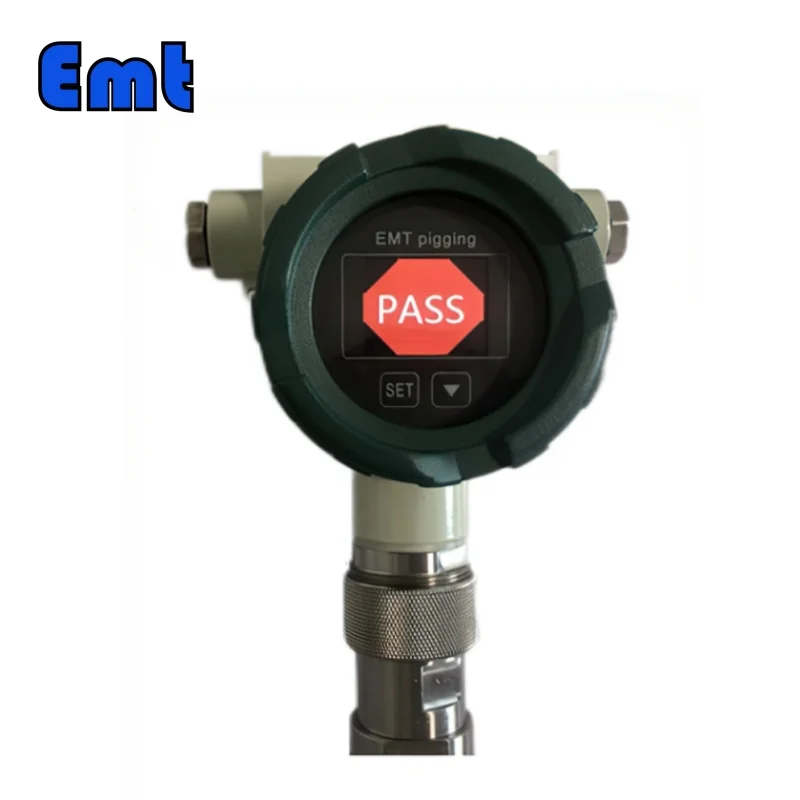
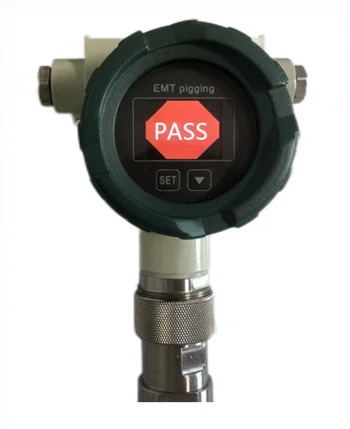
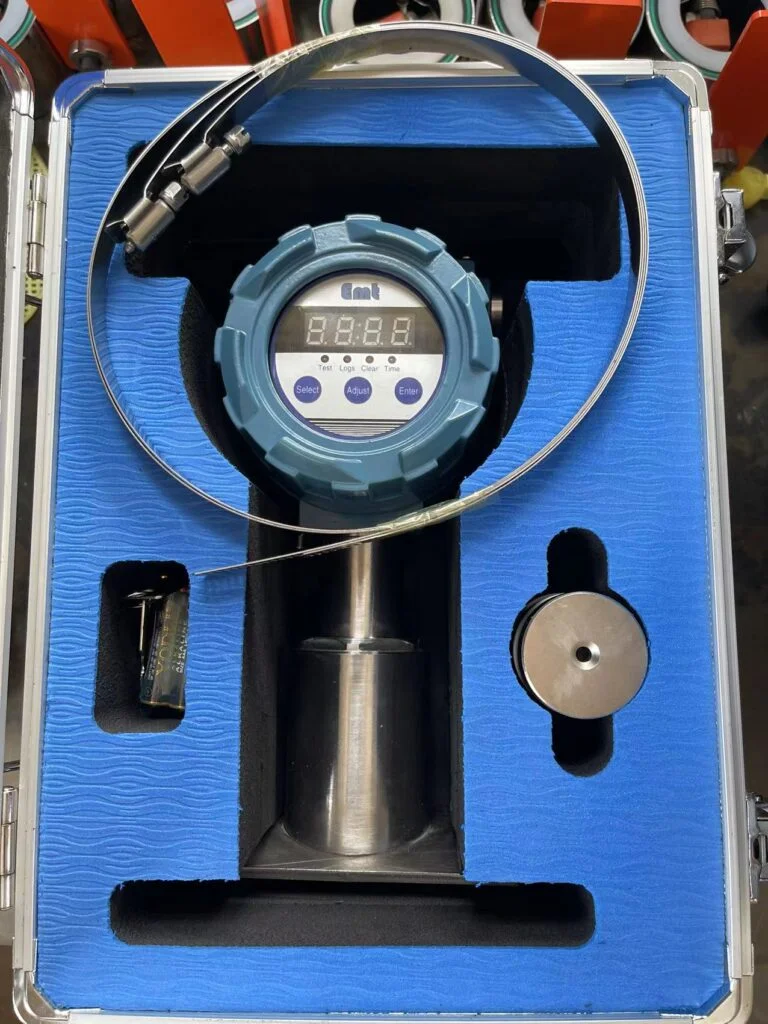
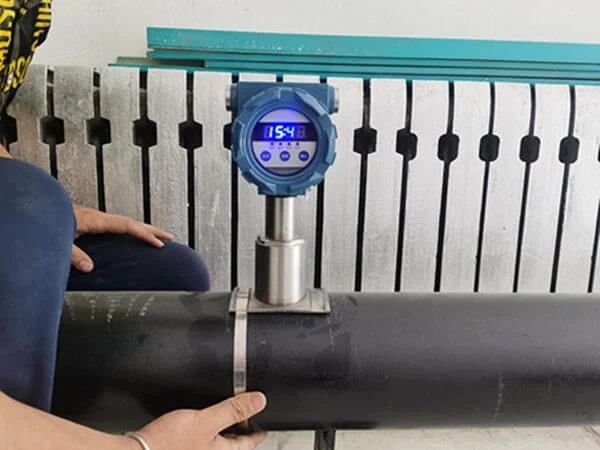
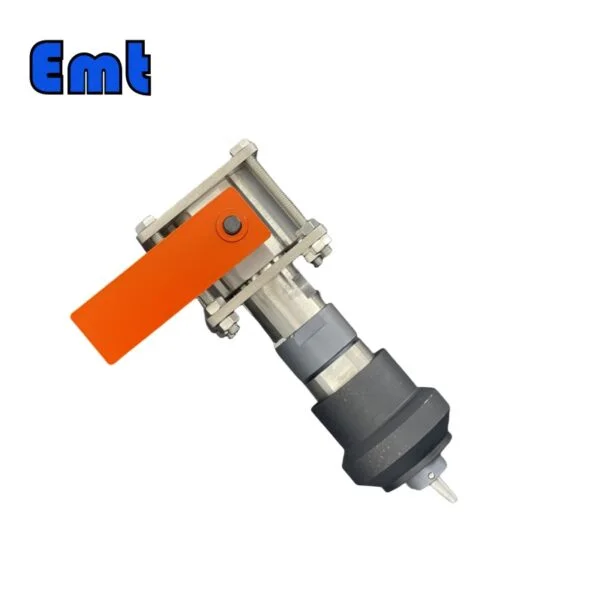
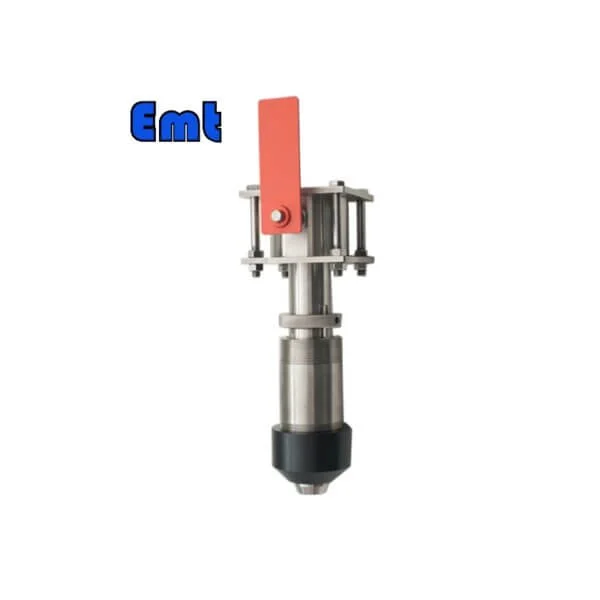
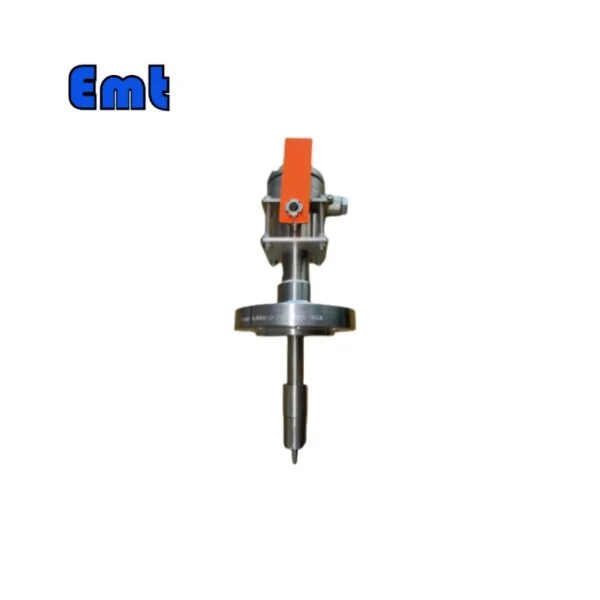
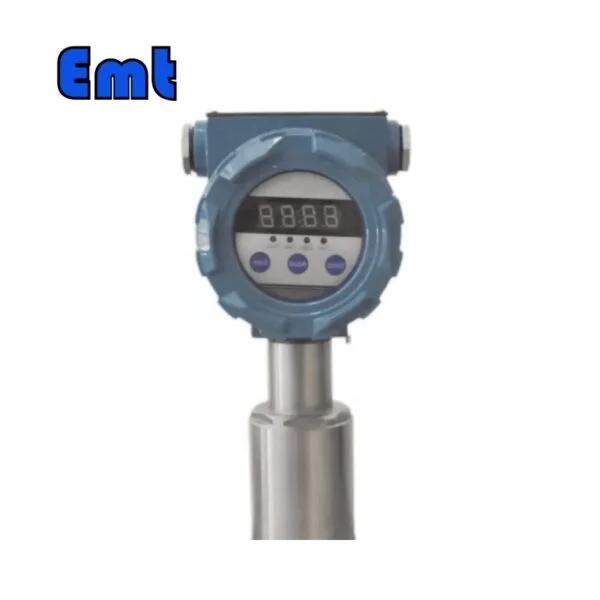
Reseñas
Aún no hay reseñas.